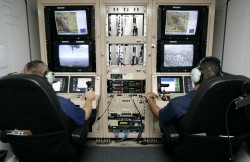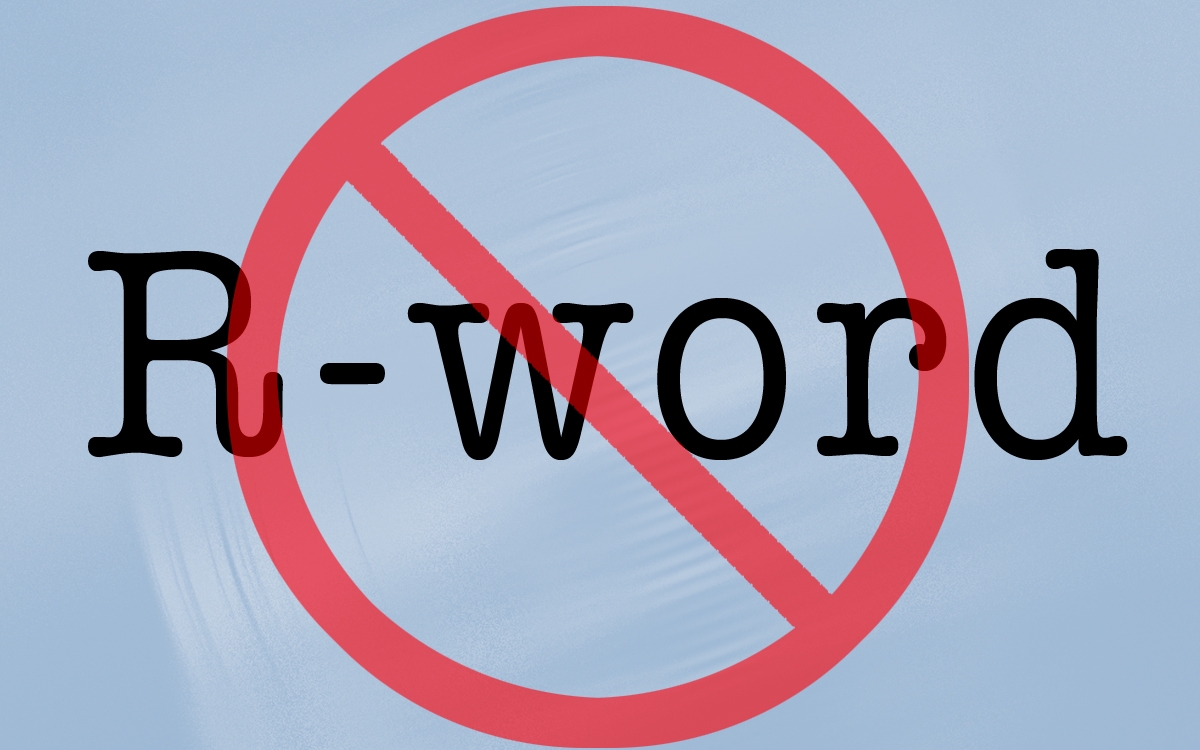
Drones: Non-Military Uses
Photo courtesy of Don McCullough.
When one thinks of drones, they usually think of military drones, used for stealth surveillance. However, the world of drones is quickly expanding beyond its initial military uses to new and exciting areas. The Federal Aviation Administration estimates there could be up to 7,500 commercial drones hovering over US airspace by 2018. That’s an incredible number, considering only a few years ago drones were largely unheard of.
There are a wide variety of commercial, environmental and humanitarian uses for drones, but with their increased usage comes greater concerns about privacy and the general lack of limitations on how drones may be used.
Here are some of the interesting ways that drones are making an impact in a wide range of industries:
Photography/Filming:
It used to be that in order to get aerial shots of anything, you had to take a helicopter or small plane to get as close as possible. With a drone, you are able to remain safely on the ground while controlling a camera’s-eye view that can essentially go anywhere. Since drones are much smaller than manned aircraft, as well as quieter, it’s likely the photographer will be able to capture images previously impossible to execute.
This is big for news companies who spend thousands of dollars annually on both filming and photographing new stories from the sky. For example, in larger cities, you would no longer have to rely on a newscaster in a helicopter or a stationary camera on a building to give you a view of the traffic–a drone can locate any news story and hover directly over it, giving producers a shot that shows you exactly what is going on.
Of course, there is the issue of privacy when it comes to photography and filming via drones. While many of us don’t live exciting enough lives to worry about being secretly photographed, there are high profile figures that do–their security could be compromised by a camera attached to an aerial drone. It’s already become an issue for some celebrities like Tina Turner, who had paparazzi using drones to photograph her wedding in Switzerland. Well known public figures and government officials would also be at risk.
Security
Military drones are largely used for surveillance (and the occasional air strike) now, but they can also be used on a smaller scale to improve security back home. By using drones, law enforcement agencies, security

companies, and other privatized surveillance companies can gain extra eyes without needing to endanger actual men and women–a highly desirable option when it’s a particularly risky situation. Think of hostage situations, fires, robberies, and more, where drones come in particular use. Of course, on a smaller scale they can be used to monitor, for example, a college campus, where students are always out and about and their safety is a top priority.
Along with the obvious usefulness of drones for security applications comes a healthy dose of civil liberty concerns for the public . Most don’t like the idea governmental or private agencies are capable of monitoring them with drones, and the ACLU has raised specific privacy concerns with regard to drones that can photograph or otherwise track and gather information about individuals, usually without their knowledge. Despite these concerns, tracking people without their knowledge is exactly what the FBI states they are doing right now in the USA, albeit, “in a very, very minimal way, and seldom,” according to FBI Director Robert Mueller.
Internet
For rural citizens or those living in remote areas across the planet, internet options are usually limited to satellite internet. Using drones, Matternet makes it a mission to bring a faster, more usable internet connection to people living in relatively secluded areas with limited physical infrastructure. In its company manifesto, it states, “Fundamentally we want to create a network that is designed around human need, rather than the limitations of the antiquated technology that formed our current transportation system.”
It’s a very exciting prospect to think about, which could really do an incredible amount of good in terms of education and connectivity to those living in secluded areas, particularly impoverished, third world areas.
Delivery
Have you ever been forced to wait a ridiculously long time for a food delivery because the driver was stuck in traffic? Well, Domino’s Pizza showed it is thinking ahead when they posted a video last summer of its “DomiCopter,” a drone used to deliver pizzas. Since most customers now pay online, all the drone has to do is drop a pizza box on your front step! It is a particularly exciting prospect for delivery enthusiasts everywhere (though probably not a commercially viable one, at least for a while).
Of course, the utility of remote delivery to any location is a promising development not just for pizza, but also for getting medicine or medical supplies to people in need in areas that would otherwise present challenges. A company on the forefront of this is the American company Matternet, who have started using drones to deliver medical supplies to impoverished areas in need, and have made a significant impact on lives doing so. However, drone delivery is not limited to travelling to hard to reach places; an Austrian graduate student recently unveiled a project where drones are used to fly defibrillators to heart attack victims, wherever they are, potentially saving their lives while they would still be waiting for an ambulance to arrive.
When it comes to drone technology, it’s still too early to say whether their main function will be to revolutionize a variety of industries and practices, or to extend the surveillance state into the realm of a science fiction dystopia in which there is nowhere to hide. While many of us are concerned about our privacy as drones become more and more common, the good things they can do could eventually outweigh fears about their misuse, or make some loss of privacy an acceptable trade. As drones become more useful for a greater range of applications, we will see how society adjusts to the reality that there will almost certainly be many “eyes in the sky” at all times.









